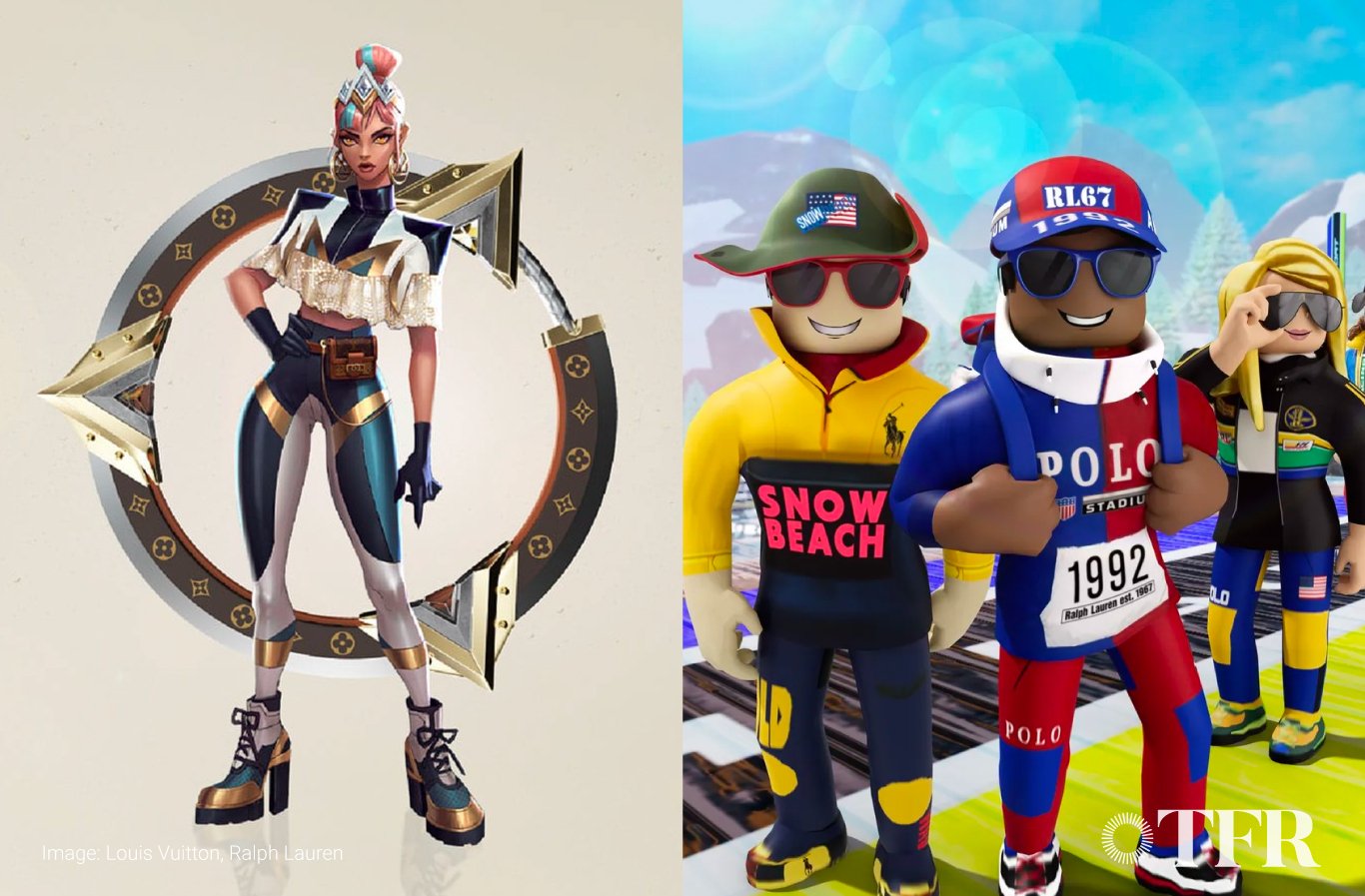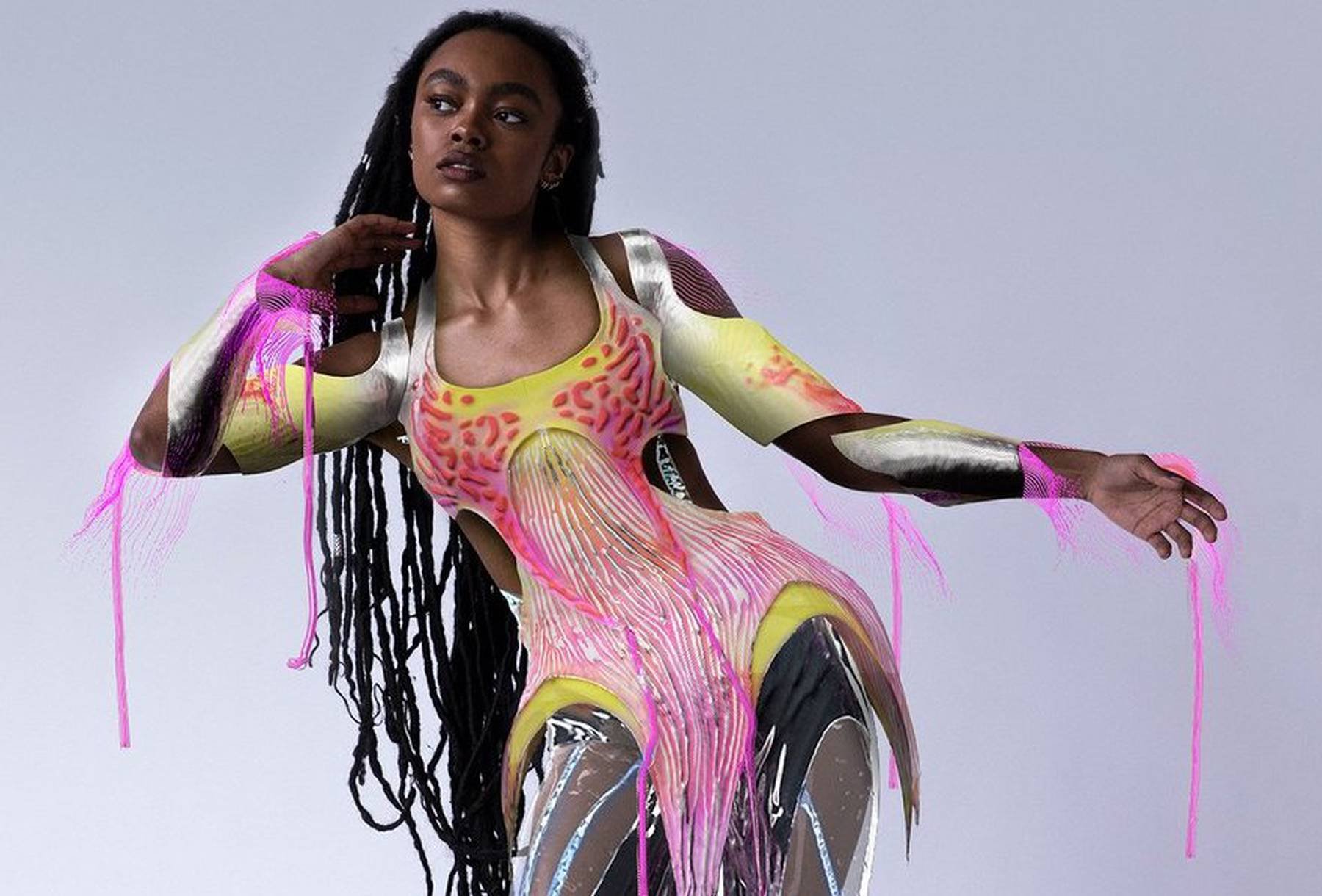Fashion opportunities in the metaverse
Read in Indonesian
The concept of the metaverse was firstly introduced during the early 1990s. However, its significance and existence in the real world can be attributed to its resurfacing in 2021. News articles, social media platforms and digital media streams have explicitly included this topic in the latest trends. It reflects on its significance and place in the virtual world.
Initially, people across the globe were sceptical about the concept. By transforming the structures of the global economy and breaking the traditional shackles, the metaverse has revitalised its foundation. In its true essence, the metaverse has emerged as the newest macro-goal of technology giants and investors. With Ralph Lauren opening its store in the virtual world of Roblox, it can be asserted that basic tenets of the fashion industry would require a revisit in a few years.
To many, it may sound absurd, but the metaverse intends to provide a digital, three-dimensional space where people can interact and share ideas and views. With social media platforms already limiting human interaction, this transformation of the fashion and gaming industry poses a serious threat to traditional norms and social structures.
To exist in the digital world, one has to cultivate a new image or a persona. The basic physical needs and physical requirements become obsolete in virtual reality. The construction of the new identity requires out-of-the-box ideas, which are not constrained by physical boundaries.
Therefore, users have to make use of aesthetics to express and find existence in the virtual world. Fashion existing in the metaverse is potentially a goldmine. Morgan Stanley has predicted that the luxury sector could be valued at $50 billion-plus in the next decade.
Luxury brands venturing to metaverse
Recognising the fact that the future of clothing is closely knitted with virtual reality, Balenciaga became the first luxury wear brand to release a collection through a video game. After the announcement made last month, the luxury brand integrated the framework of virtual reality to release its fall collection in 2021. The “Afterworld: The Age of Tomorrow” features the collection along with a virtual tour of unorthodox stores. The game also allows users to choose their preferred environment and character to play the game.
Balenciaga aims to focus on human destiny by perceiving and understanding the future of clothing. It also highlights the significance of digital fashion, which has propelled transformation in the fashion industry.
Similarly, the “Ouverture of something that has never ended” further asserted the inception of fashion in the metaverse.
Image: Gucci on Roblox
In 2020, luxury brand Gucci showcased its collection in a seven-part mini-series under the same name. Fast forward to 2021, Gucci landed on Roblox. A Gucci bag in Roblox resold for 350,000 Robux or roughly $4,115. The same purse that is physically sold costs $3,400. The aim of the Gucci store on Roblox is to gather digital items from the fashion industry and present them in the game.
Gucci garden combines stories of the past and present to present what the future holds for the fashion industry. It is an immersive experience that swirls through Florence, Italy and showcases the luxury brand’s creative and digital vision. Offering exclusive limited-edition avatar items in virtual reality would allow users to try different avatars without any physical limitations and even create their virtual personality.
Solving the lack of unification in the metaverse
Many of the high-end brands have already established joint ventures with online gaming companies. In this regard, the collaboration between Louis Vuitton and League of Legends is seen as a game-changer in the virtual world.
It is followed by Tommy Hilfiger collaborating with Animal Crossing for the 2020 fall collection. It demonstrates the structural and visionary change in the fashion industry taking place in this decade.
With the majority of the designer collections and items being digitised, the democratisation of fashion has become a vivid reality. It deprives creative mindsets of translating their vision into reality. The reason is that they could create an artefact in the virtual world.
Along with all the transformation and changes taking place, companies and market players of the metaverse are coping with a lot of challenges. The lack of unification is one of the most difficult challenges. It is the primary reason that big brands are all still thriving in digital fashion.
With DRESSX leading the way in the field of digital fashion, the rise of the metaverse can well and truly be experienced. DRESSX offers its consumers and digital and traditional brands an opportunity to enter virtual reality. The majority of players in digital fashion believe that shortly all the brands, which include high-end, streetwear, luxury and premium, will own a digital line.
Image: DRESSX
The impact of digital fashion to the industry
Amidst the emergence of digital fashion, the need to engage with non-fungible tokens (NFT) has also increased. It asserts that the fashion industry has a significant place in the metaverse and because of which digital fashion has become a vivid reality.
Many experts believe that with luxury brands making their way into the metaverse, NFT offers them a framework to control and manage their collection and digital items. Gucci and art auction house Christie sold their first NFT video titled “Aria” for $25,000, demonstrating the overnight success of NFT and what the future holds for digital fashion.
Latest reports and studies identify a great deal of potential for fashion giants and brands in the digital world. The significance of NFT has been widely recognised by major luxury brands. With Burberry launching its own NFT and collaborating with different gaming companies, the future for digital fashion looks prosperous. By opening up avenues that seemed untouched in the 20th century, NFT is touching upon different digital channels.
In this regard, for the younger generation or Gen Z, almost 80% of whom are gamers, digital fashion offers a whole new world with customised personalities and avatars. Hence, NFT opens up different digital channels to tempt and attract Gen Z.
Back in December 2021, sportswear giant Nike acquired RTFKT - known for creating NFT of sneakers, memes and collectible exclusives. In early 2021, RTFKT teamed up with crypto artist Fewocious - they sold around 600 pairs of sneakers and garnered a total revenue of $3.1 million in under seven minutes.
It remains a fact that COVID-19 lockdowns prompted the digital world to find its footing in the real world. By breaking the shackles of uncertainty and unreliability, the metaverse has attracted millions of Gen Z users. With the ability to create customised virtual avatars and create a persona that is new, digital fashion has restructured the dynamics of the clothing industry.





















